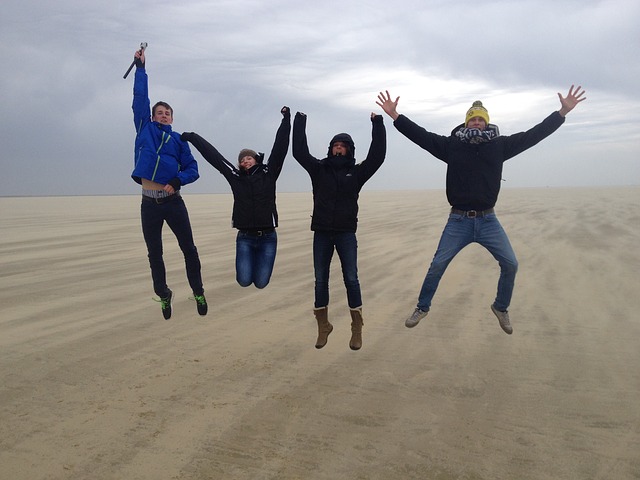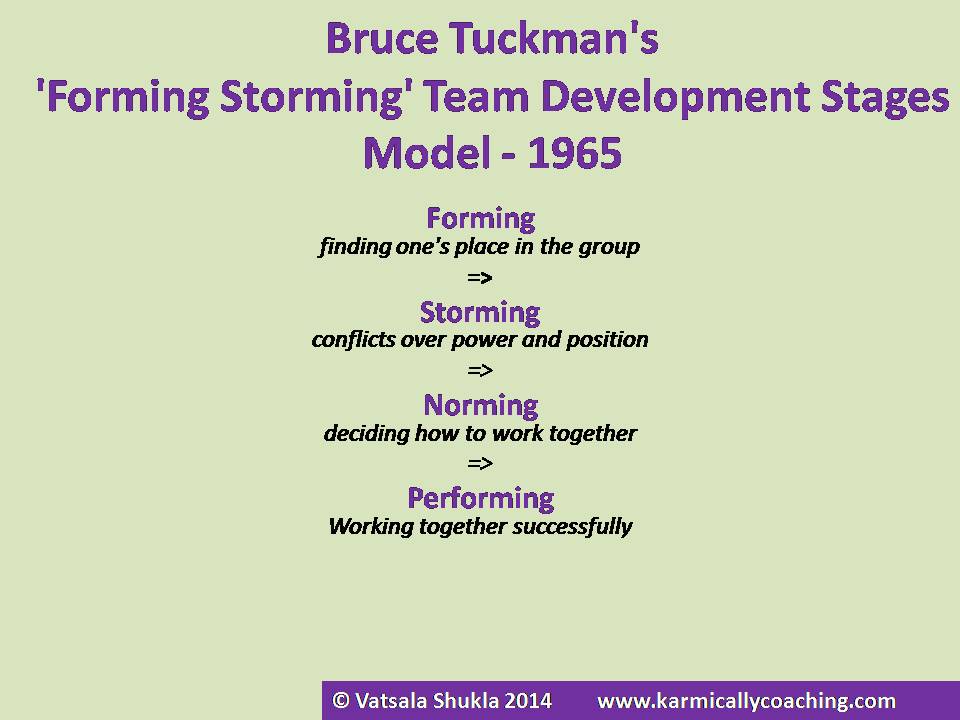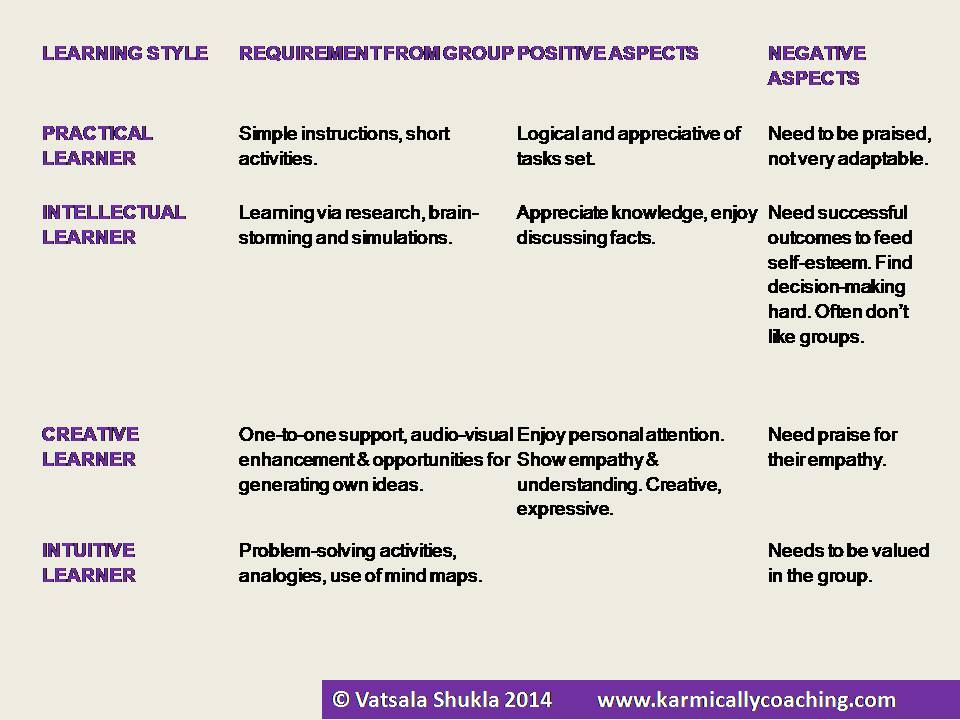Group Programs can be unbelievably powerful. However, the central principle of the group should always be that the whole is going to be greater than the sum of its parts.

Goal achievement in Group Settings – hurrah!
As a Facilitator of Group Programs and Workshops, I know that the ultimate responsibility for achieving the collective and individual goal rests with the Leader. Where the Leader is also a Coach, the Group Leader Coach applies the same coaching principals of self-revelation to the group environment. Many a Group member problem can be addressed in the Group setting.
An immediate example of such a Leader/Facilitator is Loralee Hutton. I recently participated in one of Loralee’s free online programs –14 Day Product Challenge –Because Finishing Changes Everything. This was part of the release of her new book on Kindle Infoproduct Complete: Because Finishing Changes Everything.
The Group dynamics on Facebook were the best that I have ever experienced as a participant.
The student was ready, and the Master appeared. I finally created and launched a product I had wanted to for a long time in less than 14 days – Crack the Code to Your Professional Brand & Create an Awesome Online Presence.
This week I’m sharing the 5 ways a good Group Leader can actually make a difference to the achievement of the collective and individual goal.
We’ll also discuss what it takes to be an effective Leader in the workplace. Especially if your role involves mentoring and providing hands on training to your team.
Understand the role you play as a Leader/Facilitator
Initially, when the group first comes together, members require boundaries to be set so that they know what is expected of them and what to expect of the facilitator. Your role as Leader and Facilitator is to assist in the Group forming process.
It is not uncommon for some members, who may have prior experience or knowledge to attempt taking over the group while others may try to withdraw.
I’ve seen this happen in some of my workshops as well as during my Auditor days. It takes alertness to nip such tendencies at the very beginning in a firm but polite manner.
An ideal group will travel through four stages of development outlined in Bruce Tuckman’s ‘Forming Storming’ Team Development Stages Model – 1965 and a good Leader will facilitate a smooth transition.

Bruce Tuckman’s ‘Forming Storming’ Team Development Stages Model -1965
Understanding Your Team’s Motivation and Empowering Them
Generally, a person who is entering a group environment is motivated by self-interest, or a ‘what’s in this for me?’ attitude.
It is important for the Leader/Facilitator to design the work program and if there are going to be delegated tasks in the team, to plan and outline them in advance and share them with the Group Members at the very first meeting.
As the Leader, it is up to you to demonstrate value from the very beginning to maintain the motivation of the group and empower them to continue on the tasks.
In any scenario, you will notice 2 extremes of personalities ranging from the egotistical and self-centered members to the altruistic, others-centered individuals.
You may also find a few who are already team players and ready to take on the challenge.
This is normal. At the start of the program or assignment, many of your group members may not know each other or may be parts of cliques. Keen observation will help to identify the dynamics. If you have planned your program properly, there will be a shift toward a more balanced team with each member supporting and being supported in the areas where others may require assistance.
This is the time when the greatest work is done in a team environment as each individual achieves their individual goals and add to the overall success of the Group goal.
Know your Group’s Skill Sets
For a group to succeed, it must have sufficient skills to be able to:
- communicate with each other
- participate within the group
- trust one another
- disagree/agree/discuss positively
- take responsibility for individual activities/actions
As the group facilitator it is important for you to not only be aware of the individual personalities within the group but also moderate and encourage the above skills in your group.
Cover the 4 Learning Styles
Each group member is unique, and according to their personality type, they will learn according to four main learning styles.
A well-designed program ensures each participant gets the benefit of learning according to their style.
When the Group starts interacting as a team, each member will support the other in areas of deficiency and the facilitator will need to only step in where there is critical learning or implementation issues where new knowledge or skills are shared.

4 learning styles of group program participants
Motivating the individual member
While focusing on the overall Group, it is important to remember that a person who has decided to enter the Group Program would have already decided that they have a need to make a change, a deficiency that needs to be addressed or the need to acquire a new skill.
A truly motivated individual would feel that they can make the change.
A good Leader/Facilitator’s role here is to keep that motivation going throughout the course of the program. To feed their motivation and enhance their self-esteem they need encouragement and support from the Facilitator and fellow group members.
Because motivation needs constant feeding and enhancing, you will need to assist them in setting goals in a realistic manner.
Each member needs appropriate goals, a choice of how to reach them and the responsibility for their own learning.
It is important to remember that these individuals are being brave to bring about changes. By joining your Group have indicated that they are ready to step out of their comfort zone.
Each individual, no matter how encouraged by the other team members will still need encouragement and acknowledgement of their steps towards the goal from you.
If they start to stumble, you need to be there to help break their fall and bring them back on track.
Depending upon the individual in question and their comfort level, you might need to moderate your strokes – a transaction that makes us feel good.
Think of how pleased your pet is when you stroke them – same principles apply here. Remember not to overstep boundaries and end up mothering or spoon feeding the participant. They are here to learn!
The beauty of a well-integrated group has to be seen and experienced. You know the group has reached the stage of Performing when the team members start stroking each other to continue towards the final goal.
Here are some examples:
- Applauding another member.
- Congratulating another member.
- Supporting another member.
- Smiling (even online groups have smiles)
- Paying a compliment.
- Offering to help out.
- Nodding on support of what another person is saying (in an online Facebook Group, this will be the Like for a comment)
Group Programs can be unbelievably powerful when the central principle of team is that the whole is going to be greater than the sum of its parts.
This is where you get a chance to demonstrate how a good Group Leader actually improves the chances of achieving individual Goals.
What about you? Have you ever moderated a Group? How did you ensure you and the Group achieved your Goals? Please share your experiences in the comments box below.
PS. Here’s the result of what I created in the challenge, just for you! Just click on the image. Thanks.
Written by: Vatsala Shukla
Transparency Notice: If you purchase a product through a link on my site, there’s a good chance I’ll receive some kind of “thank you money” from the company I referred you to. For more details, check out my full disclosure in this website’s Privacy Statement ( there is also a link at the bottom of every page)





 I adhere to the Certified Coaches Alliance Code of Ethics and Standards. A copy is available on request.
I adhere to the Certified Coaches Alliance Code of Ethics and Standards. A copy is available on request.
 Let's Talk through the Connect Form:
Let's Talk through the Connect Form: